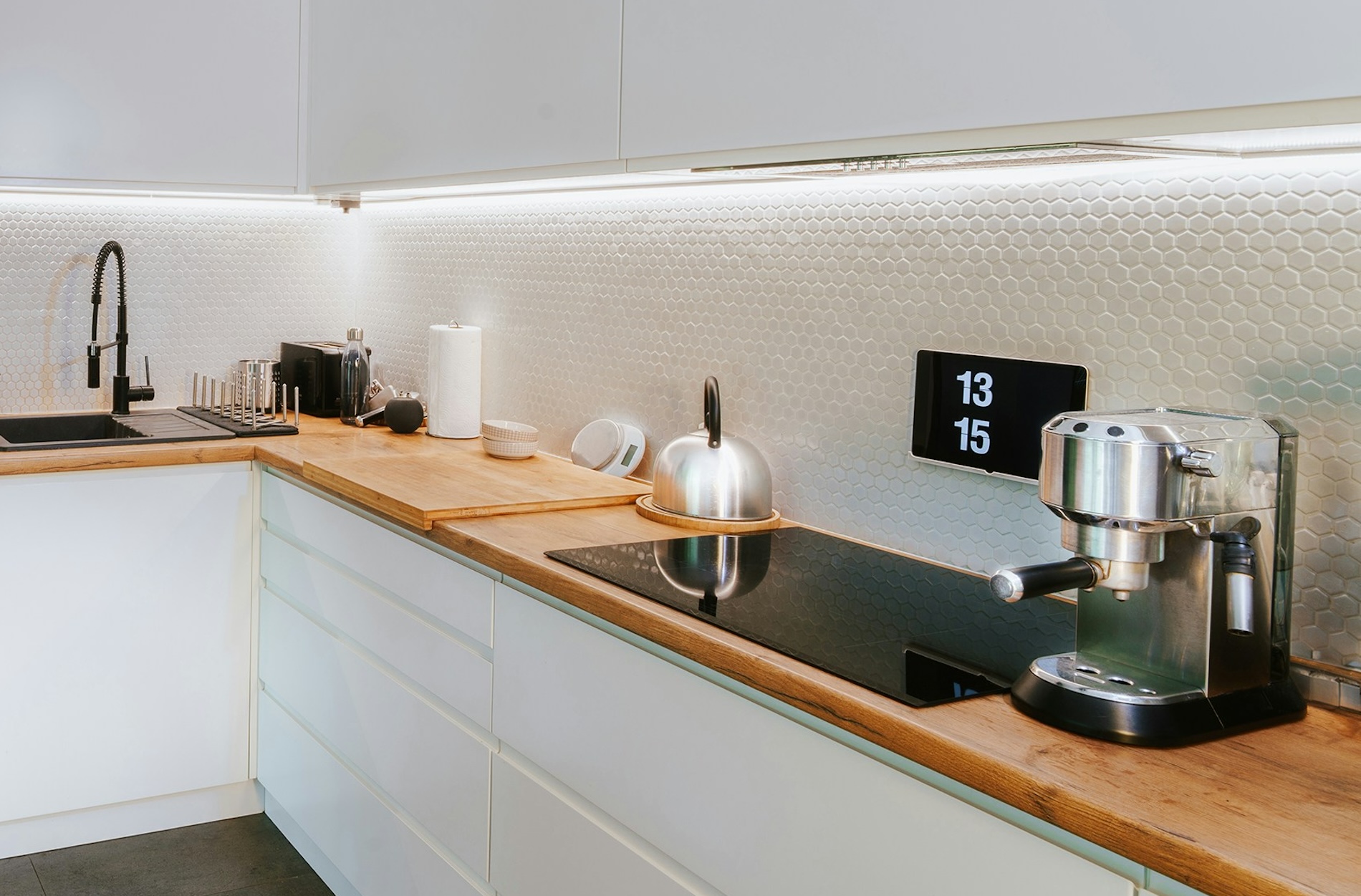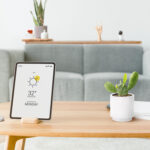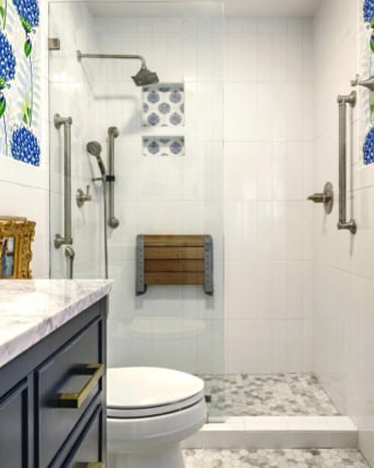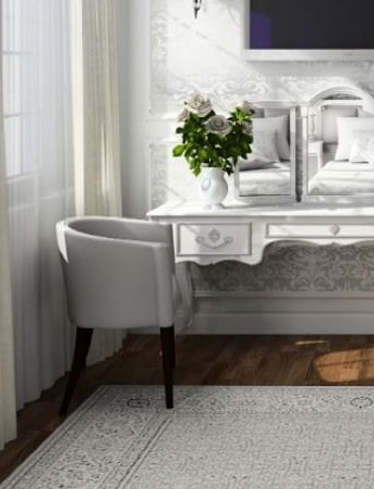1. Integration of Technology with Aesthetics
Discreet Installations: Devices like in-ceiling speakers, recessed lighting, or motorized shades can be hidden or seamlessly integrated into the home’s design.
Minimalism & Clean Lines: Many smart devices are designed with sleek, modern aesthetics (e.g., Nest thermostats, smart mirrors) that complement contemporary interiors.
2. Lighting Design
Smart Lighting: Adjustable color temperatures and brightness enhance ambiance. Lighting can change throughout the day to support circadian rhythms or shift the mood of a space.
Scene Setting: Interior designers can create lighting “scenes” (e.g., dinner party, movie night) using smart systems like Lutron, Philips Hue, or Control4.
3. Space Optimization
Multi-functional Spaces: Voice-activated tech, hidden charging stations, or foldable screens allow rooms to adapt for work, relaxation, or entertainment.
Wireless Control Panels: Designers can eliminate the need for visible switches and clutter by using voice assistants or app-based controls.
4. Furniture & Material Choices
Smart Furniture: Some furniture includes built-in wireless charging, LED lighting, or embedded speakers.
Tech-Compatible Materials: Some wall materials work better with smart thermostats, sensors, or wireless systems than others (e.g., avoiding metal in places where Wi-Fi signals need to travel).
5. Security & Privacy Considerations
Designers now consider camera placement, window coverings, and entry access points as part of overall home design, ensuring functionality doesn’t compromise style or privacy.
6. Custom Home Automation Interfaces
Touchscreens can be wall-mounted in matching frames or custom enclosures to fit the interior.
Home control apps can match interior themes when displayed on tablets or dedicated panels.
How Interior Designers Collaborate with Tech Experts
Designers work with smart home integrators or AV specialists early in the planning phase.
Co-designing ensures wiring, lighting, HVAC, and entertainment systems don’t disrupt the visual harmony of the space.
Tips for Harmonizing Smart Tech with Design
| Design Goal | Smart Tech Tip |
|---|---|
| Clean, clutter-free spaces | Use voice control and hidden panels |
| Cozy ambiance | Set up adaptive lighting scenes |
| Flexible room usage | Install motorized partitions, smart TVs, and retractable screens |
| Energy efficiency | Use smart thermostats and automated blinds |
Ready to create a home that’s as smart as it is stunning?
Let’s design a space where modern technology and timeless style work together seamlessly. Let’s talk.






